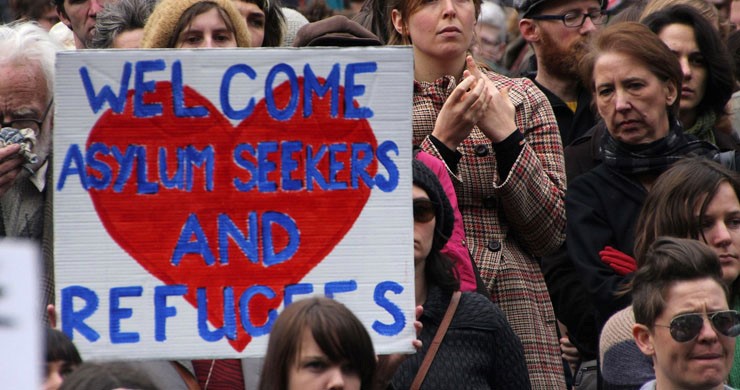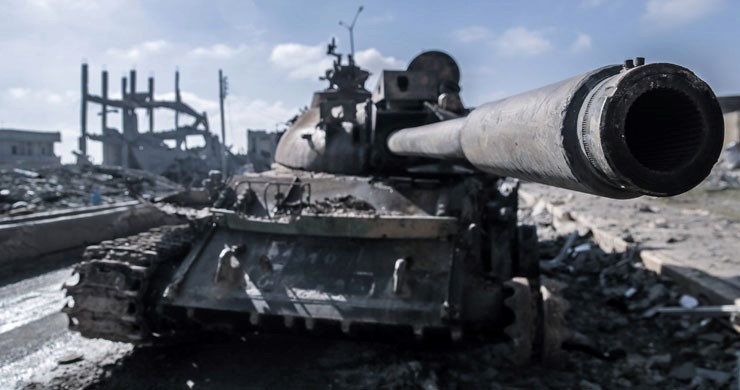Making Decisions - The Migrant Crisis?
What Can We Do about The Migration Crisis?
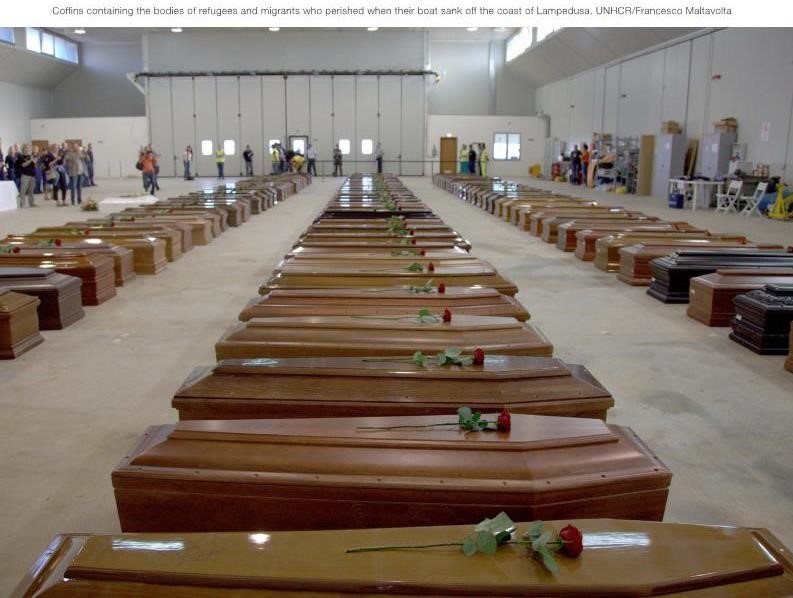
Source: UN High Commissioner for Refugees (UNHCR), The sea route to Europe: The Mediterranean passage in the age of refugees , 1 July 2015
Look at the photograph for 30 seconds try and find 10 things that you think standout.
What do you think the photograph is showing?
What does this have to do with the Migration Crisis?
What Is Happening?
As we watch TV or read information on the internet it is easy to get the impression that there is an army of people trying to get into the United Kingdom.
There have been appalling scenes of migrants in France trying to storm the entrance to The Channel Tunnel, sneaking into lorries or even caravans as people return home after a holiday.
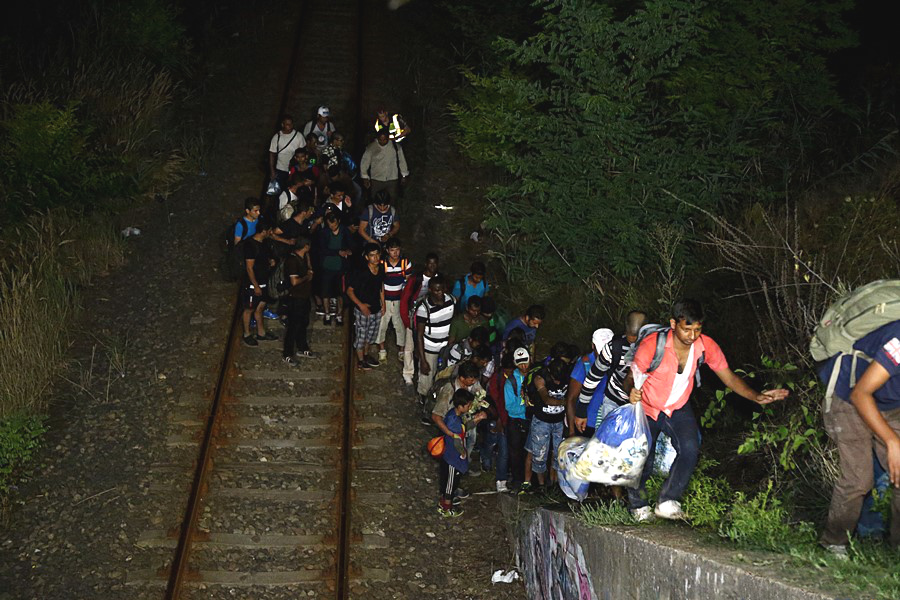
Photo by Gémes Sándor/SzomSzed used under CC BY
It seems like every politician is making a big fuss about this and as suggesting it is the people in the United Kingdom that are the people feeling the effects most – well that is partly right but mostly wrong.
It is partly right because some people are adversely affected; when migrants in France caused problems at the Channel Tunnel large traffic jams built up in Kent. The local police started a plan they have called ‘operation stack’ and tens of kilometres of lines of mostly lorries built up on the motorways and other routes leading to the ports. Lorry drivers and haulage firms suffer most, they can get caught up in the huge traffic jams using time and fuel, they can be fined tens of thousands of pounds if migrants break into their lorries and they are caught by UK border officials and they can be forced to cover the cost of destroyed loads when migrants break into lorries and spoil the loads.
Operation Stack
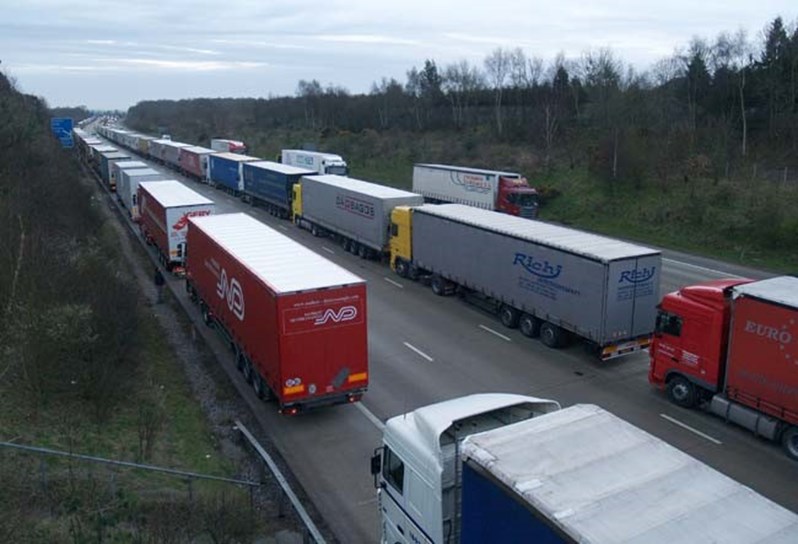
Photo by Barry Davis used under CC BY
Local residents and businesses around the port cities of the South East of England have been the worst affected.
In August 2015 Germany upgraded its assessment from 450,000 applications for asylum to a level above 650,000 (possibly 800,000) for 2015 alone. Sweden is the country that takes the most refugees after Germany with 80,000 expected in 2015. Up until August more than 240,000 migrants crossed the Mediterranean Sea to Greece and Italy.
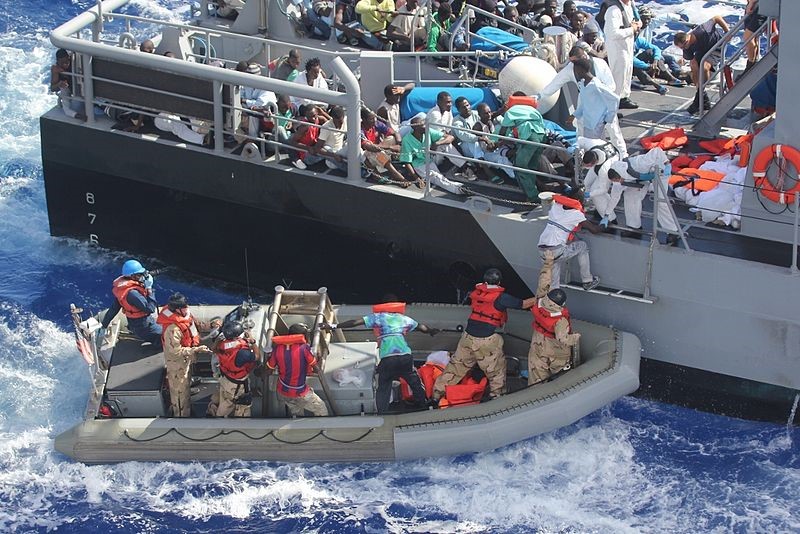
Photo by Official U.S. Navy Page used under CC BY
In one week alone in August, 21,000 migrants arrived in Greece, according to the United Nations.
How many migrants come to the UK?
59.5 million people worldwide were forcibly displaced at the end of 2014, as a result of persecution, conflict and human rights violations, the highest level on record. That was 8.3 million people more than at the end of 2013: the biggest annual increase ever in a single year. 19.5 million of those people were refugees. EU countries hosted a relatively small share of that number. At the end of 2014, the world’s top refugee host was Turkey, followed by Pakistan, Lebanon, Iran, Ethiopia and Jordan. Lebanon hosted by far the largest number of refugees by population, 232 per 1,000 inhabitants. Worldwide, 86 per cent of the refugees under UNHCR’s mandate lived in developing countries.
LAST YEAR 2014 ASYLUM REQUESTS (EU and Other Western European Countries)
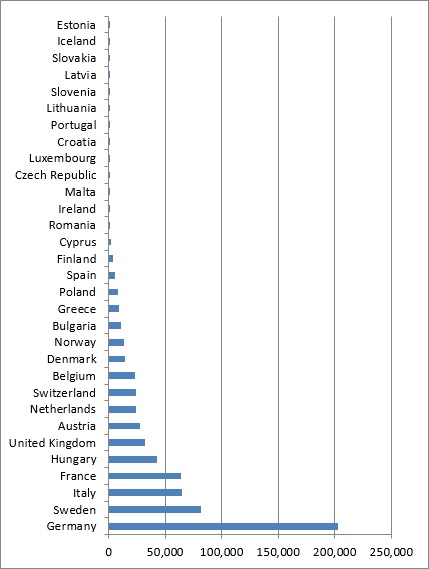
Wow 6th place we are doing pretty well!
Or are we?
How this work out if we compared it to the size of a country measured by its existing population?
This shows asylum applications per million people in a country.
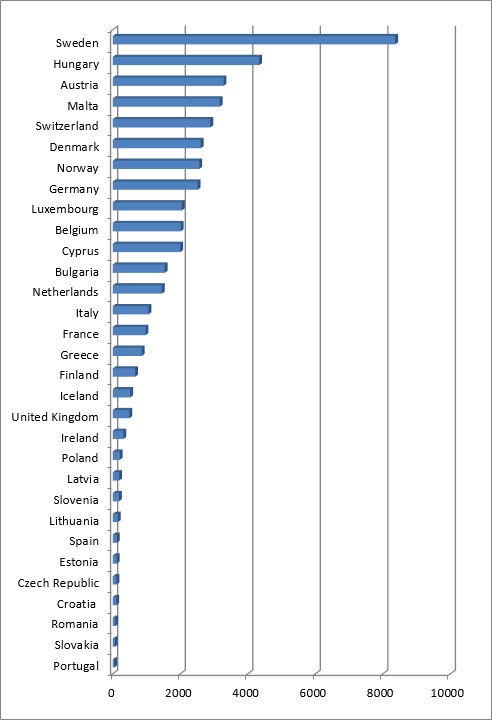
Ouch 19th place and that is just in Europe!
But:
Remember these are asylum requests in 2014 what about the decisions? Did they all get approved?
These are the first instance decisions (some decisions might be changed on appeal)
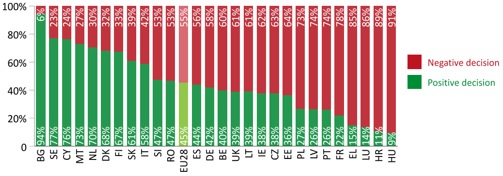
Source: Eurostat, Asylum in the EU: Facts and Figures, March 2015
So the UK turns down 61% of the people who apply for asylum.
Pupil Activity
We are in the middle of a global crisis; use the numbers from this article in a simple table to analyse the performance of the UK as a major developed world nation in contributing to the global crisis.
| Good | Bad |
Are we doing a good job as a nation?
After reading all three articles and carrying out the activities. Use the accompanying A3 sheet to help you to carry out a Decision Making Exercise.
Decision Making Exercise
Either in class or at home read and complete the activities in the online resource article and in the linked articles in this edition of Geography in the News. Attempt to complete all of the activities in the resource sheet.
What you will learn:
- You will increase your knowledge about migration and asylum in the EU/UK
- You will increase your understanding of how these factors may affect human beings and human activities
- You will have you the opportunity to learn or practice important literacy and numeracy skills.
You will learn new geographical terms highlighted in purple these should be learned and added to a glossary. A glossary is a list of words and their meanings. You could have one in the back of your geography exercise book, if you have a planner it is probably a good place to keep a glossary, or you may keep a separate glossary or word book. A good glossary helps you build your vocabulary and your literacy. Research meanings using related article content, discussion or a dictionary (either online or a book).
Talking with migrants from Libya at a transit camp in Tunisia by DFID; used under CC BY
Other articles you may find of interest, Mexico to USA migration and Migration in the UK.
